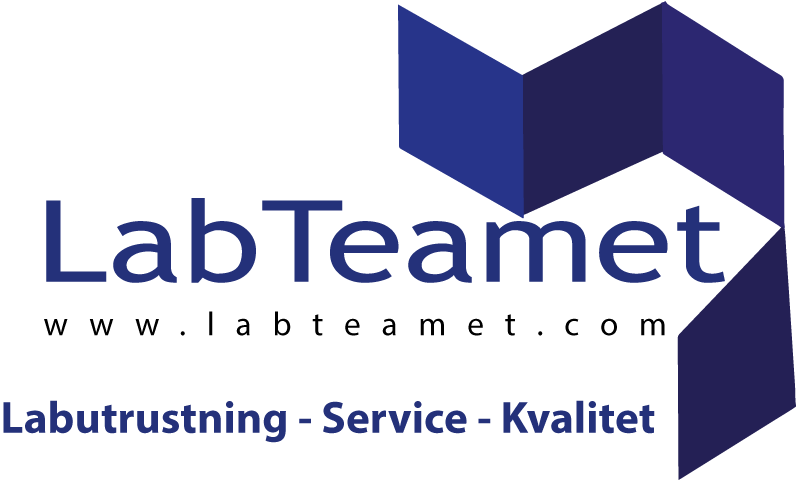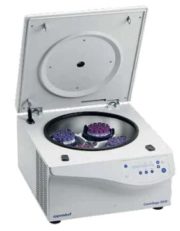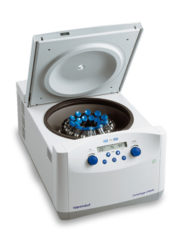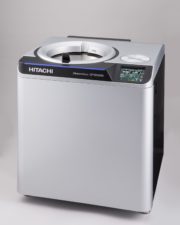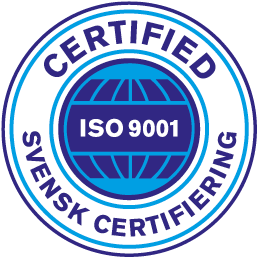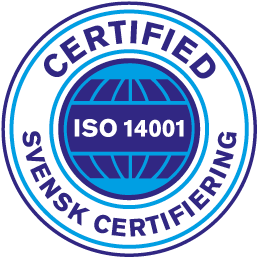Värmeledning
Värmeledning
Termisk ledningsförmåga beskriver ett materials förmåga att leda eller isolera värme. Låg ledningsförmåga innebär långsammare värmeöverföring och bättre isolering.
042-300 91 30
Frågor? Ring kundtjänst
Thermal conductivity is a physical term describing the property of a material to conduct heat or to chill. Materials with low thermal conductivity have lower heat transfer rates than materials with a high thermal conductivity. Accordingly, materials with a low thermal conductivity have thermal insulating properties, keeping the temperature even.
Heat conduction derives from the movement of molecules. High-density materials transfer heat far better than low-density materials simply because more molecules are moving.
Examples of materials with low thermal conductivity include plastic polymers and expanded polystyrene. Steel and aluminum are materials with high thermal conductivity. Steel conducts heat very easily due to its high density, whereas expanded polystyrene has a low density and therefore insulating properties.

But, why do we need to consider thermal conductivity for centrifugation?
Centrifuge rotors are made from various materials depending on the manufacturer. For microcentrifuges, you will find rotors made of plastic polymers as well as aluminum. These two materials differ in density and thermal conductivity. Aluminum has a high density and high thermal conductivity in comparison with plastic polymers. This means that these rotors conduct heat or chill very fast. This is a big advantage in centrifugation.
Think about an average day in the laboratory: If you want to spin samples in your refrigerated centrifuge, the first thing you need to do is cool the centrifuge from room temperature to the desired temperature, here 4°C. To do this, most centrifuges offer a precool function. During precooling, the centrifuge cools the air in the rotor chamber and spins the rotor slowly to mix the cool air coming from the centrifuge chamber walls and the air within the chamber. This precool run should take as long as necessary to ensure the desired temperature is reached not only in the centrifuge chamber, but, more importantly, in the boreholes of the rotor as well.
Materials with a high thermal conductivity can be cooled down quite fast, whereas materials with a low thermal conductivity will take longer to reach the desired temperature.
